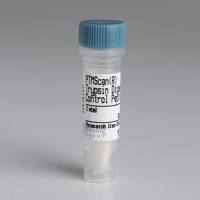Using Fluorescent Chemokine Uptake to Detect Chemokine Receptors by Fluorescent Activated Cell Sorting
互联网
476
Fluorescent activated cell sorting (FACS) is a powerful technique that allows rapid quantitative cell-by-cell analysis of
the expression of multiple distinct proteins and the isolation of specific cell types from complex cellular mixtures. FACS-based
detection of chemokine receptors is typically achieved using chemokine receptor-specific antibodies. However, this approach
has some limitations, and, in our experience, many anti-chemokine receptor antibodies have poor signal-to-noise ratios and
thus low sensitivity and reliability in FACS. Moreover, antibodies against some chemokine receptors are not commercially available,
particularly in nonhuman species, and generating good antibodies against chemokine receptors is challenging and expensive.
Here, we describe a simple alternative method of detecting chemokine receptors by FACS that relies on cellular internalization
of fluorescently labelled chemokines. This approach detects chemokine receptors with high sensitivity, specificity, and reliability,
and consistently outperforms antibody-based detection methods when applied to the analysis of mouse cells in our experience.
It can also be used to study receptor specificity on primary cells and, since chemokines from one species often bind to receptors
from other species, a single fluorescently labelled chemokine should allow reliable chemokine receptor detection and analysis
across a range of species.









